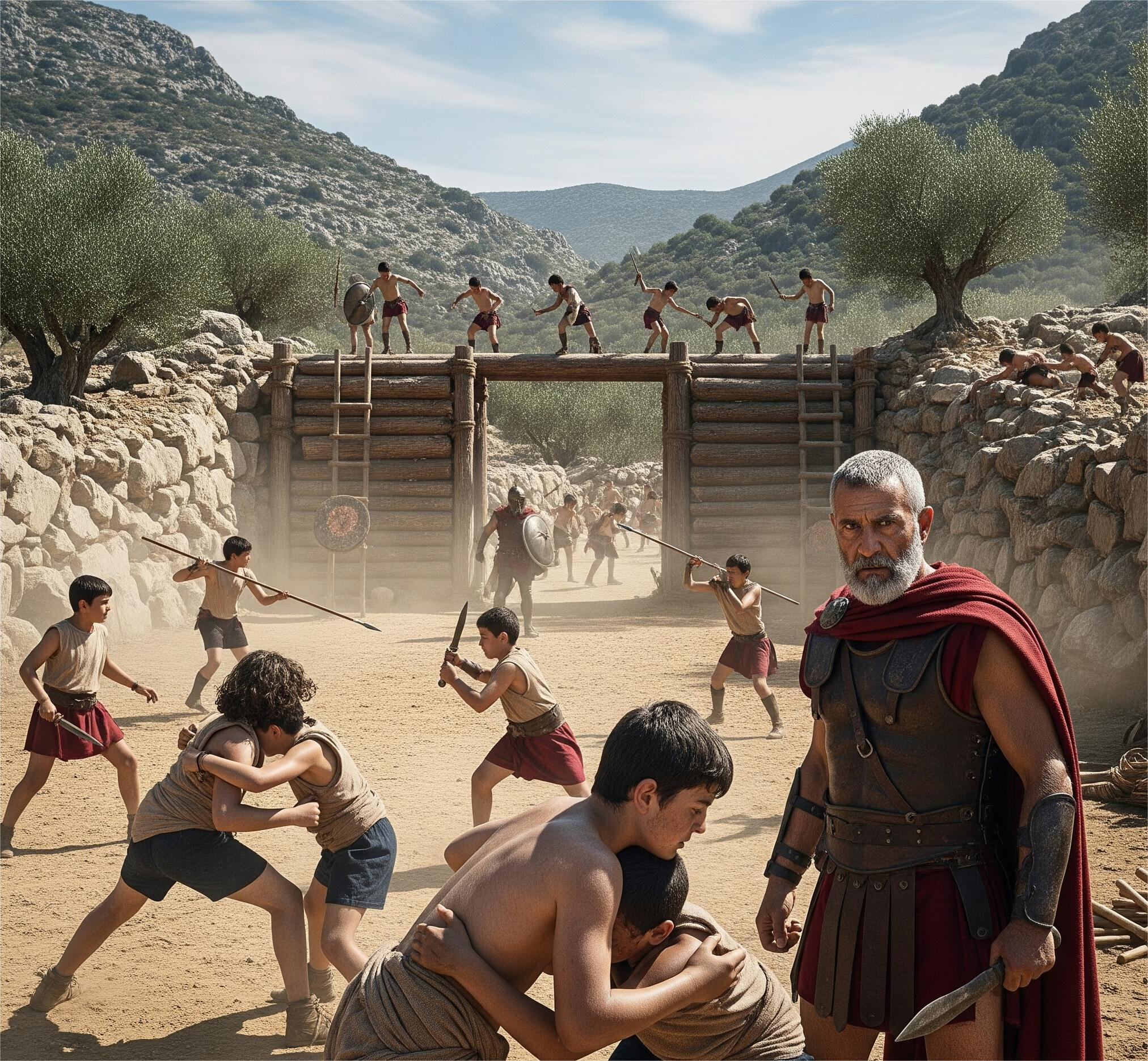A team of archaeologists discovered an artifact inside the mouth of a dead man buried under the ancient Monument of Stonehenge, which could change everything we know about the historic site. Jackie McKinley, a bone specialist with Wessex Archaeology, found clues about the monument's secret purpose by studying Stonehenge's skeletons.
The origins of Stonehenge remain shrouded in mystery, and it is still not known for certain who built it or why. Initially, experts believed that it was constructed by the Druids, but later scholars determined that construction began as far back as 3000 BC. Stonehenge consists of a series of sandstone slabs known as sarson Stones, and some of the smaller rocks scattered amongst them are called blue stones. The heaviest of these slabs, known as the heel stone, weighs more than 30 tons.
The stones were placed on sledges and rolled along Fel trees onto waiting rafts and from there floated up the river to their new home in Salisbury. The monument was intended to serve an astronomical purpose, perhaps predicting occurrences such as eclipses. Alternatively, it may have marked the point where two different territories intersected, serving as a gathering place, or it may have been a place where ailing people came to heal.







